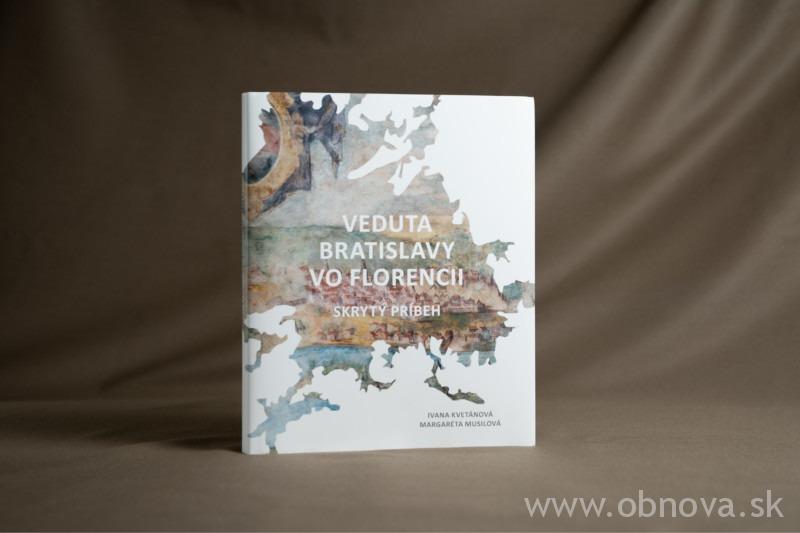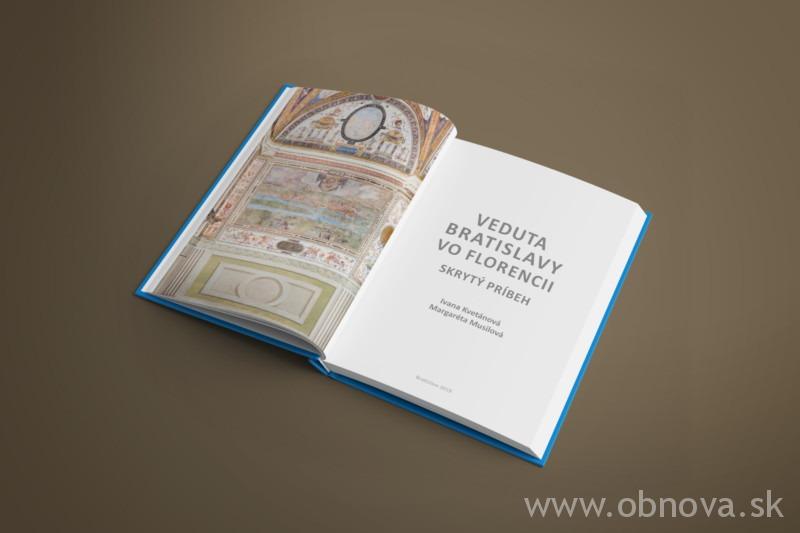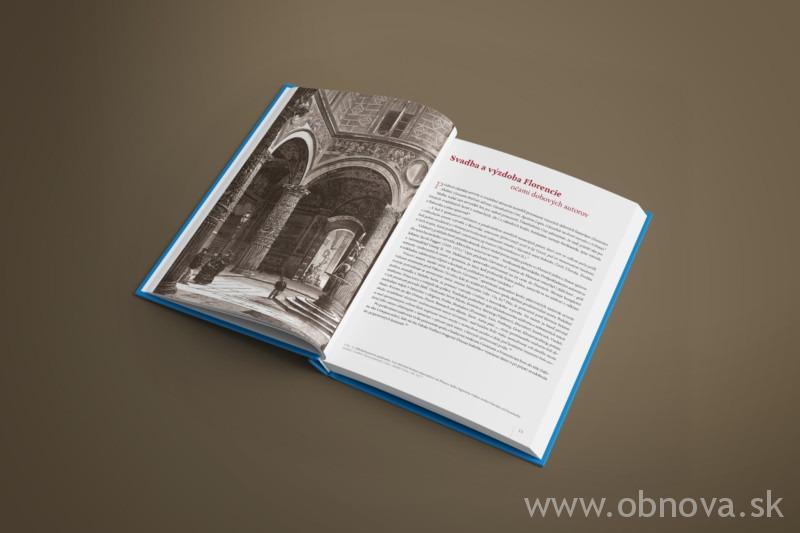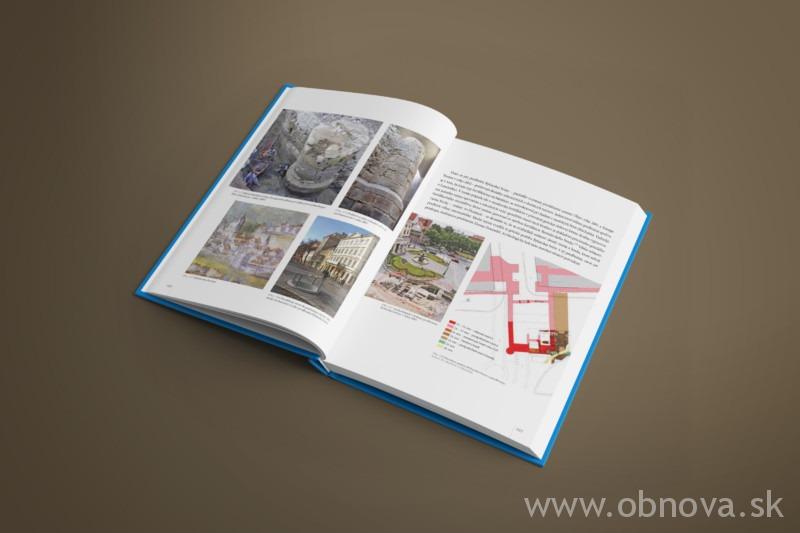Veduta of Bratislava in Florence on sale


(O publikácii Veduta Bratislavy vo Florencii. Skrytý príbeh)
Walking through Florence and accidentally discovering a painting of Bratislava in front of you? It cannot be bypassed. It is located in a place that every visitor to this Italian city will visit. A guide to where and how to find it is offered in the book . Veduta of Bratislava in Florence. Hidden Story. The authors Ivana Kvetánová and Margaréta Musilová will take you to Palazzo Vecchio or Palazzo Ducale, which dominates the famous Piazza della Signoria. It is in the first courtyard of the palace, which was originally the seat of the Florentine Signorie and later of the Medici family, that the image with the name Possonia or Posonium can be found. For sure, the painting has two inscriptions with both historical names of our Bratislava, yet many people still confuse it with the Polish Poznan.
Bratislava was definitely not one of the cities that found themselves in the aforementioned courtyard. Together with it, a total of 17 cities of the Habsburg Monarchy originally appeared on the walls. The connection between the Medici family and the Habsburgs was sealed by the marriage of Ferdinand I’s daughter. Habsburg and Anna Jagiellonian with Francesco Medici. The wedding took place in Florence in December 1565. They wanted to surprise Jana with a memory of the towns that were supposed to remind her of her origins. The choice fell on the cities of Vienna, Prague, which was Jan’s birthplace, Innsbruck, where she was brought up, Linz, Constance, Vienna’s New Town, Graz, the imperial villa in Ebersdorf, Trieste and many others. Not all of the depictions have retained their original form or even their original position on the courtyard walls. Some have been replaced by commemorative plaques, destroyed during the war by a mine explosion, or moved to a mesonite base. Fortunately, Bratislava has survived in its original location thanks to the recent restoration carried out in 2014 and 2015 by S.A.R Firenze (Cristiana Conti and Alessandra Popple). The book also gave space to a short report by one of the restorers, where she summarized the procedures they applied during the restoration of the painting. It was a combination of al fresco and al secco. An explanation of why the painters used this combined technique is indirectly provided by archival sources. Maliari (Bastiano Veronese, Giovanni Lombardi Viniziano, Cesare Baglioni Bolognese, Turino di Piemonte) were working in highest possible speed. Since the materials for each veduta did not arrive in Florence until the summer months, they had limited time to complete the paintings before the wedding date. In the end, they made it more than two months ahead of schedule. The murals suffer from both the high footfall in the courtyard and the fact that they are in an open space. Considerable damage was also caused by unprofessional “restoration”, especially during the 19th century. stor. The authors aimed to document the current state of the painting, to confront it with preserved contemporary photographs and to supplement it with an explanation of the depicted scenes and monuments of Bratislava. The result is a publication that will surely be appreciated in a few years by other restorers who will be given the task of grappling with the gradually disappearing details of Bratislava’s veduta. In addition to the historical circumstances and interesting facts found in archives and libraries, the reader will also find himself in Bratislava and will have the opportunity to see the monuments that were depicted in the fresco. The publication is also an excellent tip for those of you who are interested in the history of Bratislava, its form on the threshold of the modern era.
Excellent news at the end – the book veduta Bratislava will have its foreign language versions – Italian, which is already out in the world, and English, which will be published soon.
The restoration of the Bratislava veduta was financed by the company Genten Firenze. Sponsoring the restoration of monuments and works of art in Italy allows sponsors to benefit from tax breaks and is an excellent model for promoting the preservation of cultural heritage.
Michal Hrčka fromwww.obnova.sk a Obnova s.r.o. took part in the consultation of expert translations.
You can also buy the book at www.lanovefarby.sk
Title (possibly also subtitle): Veduta of Bratislava in Florence. Hidden Story
Author (compiler, author team): Ivana Kvetánová – Margaréta Musilová
Publisher: OZ Priatelia Bratislavy 2019
ISBN: 978-80-972959-2-9, EAN: 978-80-972959-2-9
Dimensions (height x width x depth):
hardback book (V8): 25 cm x 20,5 cm x 2 cm
softcover book (V4): 25 cm x 20,5 cm x 1,5 cm
Category/genre of book:odborná náučná literatúra, história, umenie, archeológia
Number of pages: 160 s.
Number of images: 166








































